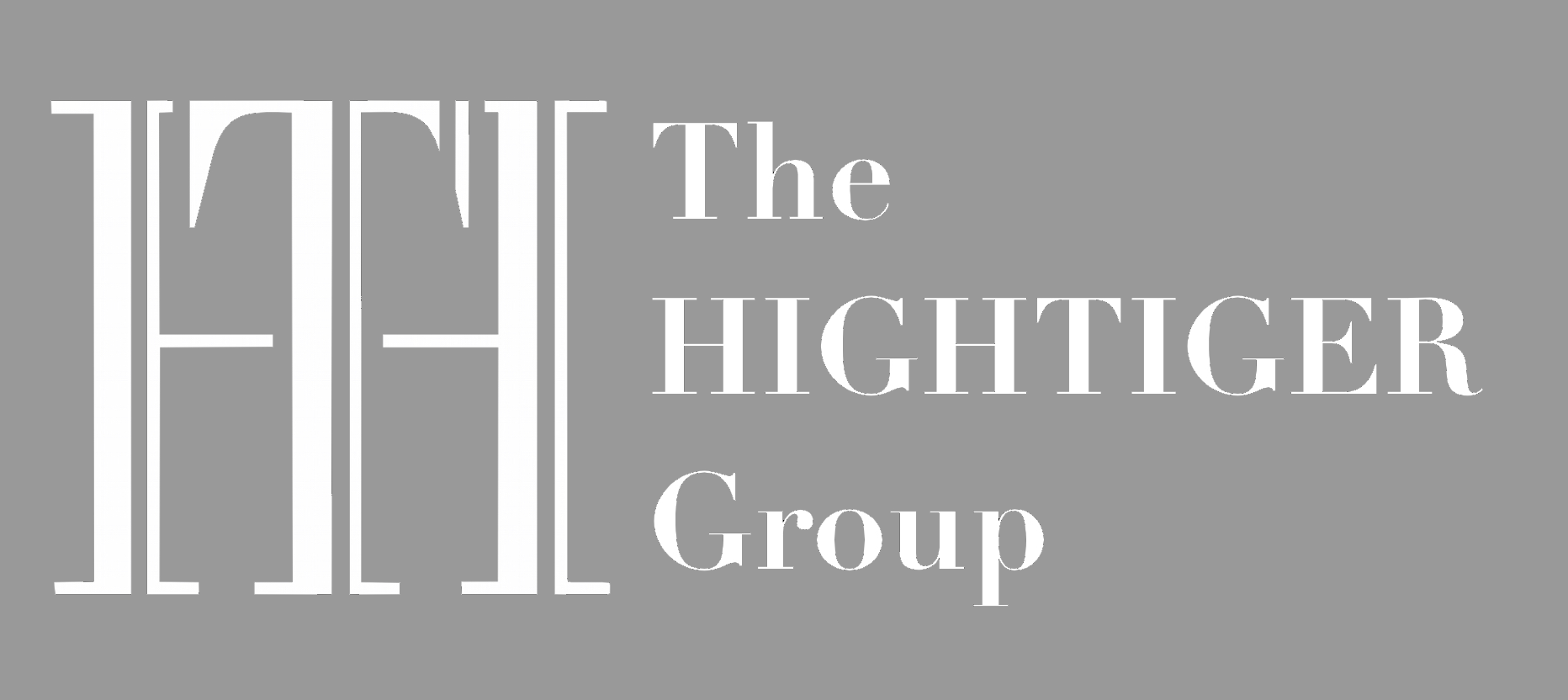One Number to Rule Them All (3 - Organisation)
We continue to explore some occurrences of the number “Three” in risk-management (previous part about Information here).
3- Organization
Just few examples in this part, to illustrate the relevance of this number in terms of Organization, as it is a common reference in ranking and classifying.
“Three” picks the best
Climbing up the Olympic podium is the ultimate dream of sports practitioners around the world. They dream of gold, silver, or bronze, and… that’s it! There are three platforms, not four!
In Ancient Games, only the winner got the olive wreath and the associated fame, but for centuries now, in most competitions, the three best participants are recognized explicitly as outstanding, and rewarded as such by unique means. The medals, the honors, the published rankings commonly emphasize the top three.
In recognizing the merits, a scale of three ranks is a proven way to differentiate between noticeable, excellent, and extraordinary achievements. For instance, knight, officer, commander are the three ranks of the French Legion of Honor (above, the Grand Cross or other titles are dignities, not ranks).
Similarly, the three Latin honors in the academic field are cum laude, magna cum laude, summa cum laude.
Like other fields, the risk-management benefits from such a public recognition of the best entities (people, teams, sites, etc.). The more efficient the system, the less big adverse events happen, and the motivation may fade with time. A fair competition about this topic may help to sustain the attention. And there is a long story of heroic behavior of saviors rewarded by a medal. The traditional three metals are well accepted to recognize different levels of bravery in action.
“Three” orders the crowd
When there is the need of organizing a group of people to achieve a common target, the fundamental split into two parts, those who lead and the others, does not go far and most of the basic hierarchies are at least composed of three levels.
This is a natural evolution because
The communication between the leader(s) and the others is better when there is an intermediate group of messengers.
The leadership tasks require two very different focus levels, broad and narrow, strategical and tactical, etc., whatever you call it. Therefore the leadership tends to be divided between these two functions: one level close to the base, managing basic tasks and small teams (also playing the role of intermediate) and an upper leadership, free of minor charges, whose role is to provide general guidance, planning, etc.
The best example is found in the military where, for ages, the personnel is divided into three groups, hierarchically organized: the soldiers, the team leaders, the officers. The names may be different, even confusing, from one country to another, but the principle is the same since the Old Ages.
History has proven the effectiveness of military organization using these three levels:
The simple soldier: legionnaire, sailor, trooper,… (In the US Army: Private).
The technical experts and team leaders in charge of the daily management of soldiers. They are the backbone of any army: optio, decurion, masters, sergeants, etc. (In the US Army: the NCOs, Non-Commissioned Officers, from Corporal to Chief Master Sergeant, and the complex group of Warrant Officers).
The leaders responsible of management at a higher level, in charge of larger groups and critical decisions: centurion, tribunes, captains, officers, etc. (In the US Army: the Commissioned Officers, from Lieutenant to General).
In risk-management, beyond the obvious example of the firemen who are often militarily organized, there are many times when a tripartite organization is relevant, always following the same model :
Field and basic duties / Tactical management and local support / General support and direction
For example : First Response / Triage / Hospital, or Guards / Back up / Police…
In conclusion: The Noble Number is an humble tool!
The power of numbers in describing and predicting some aspects of our lives, does not need to be demonstrated anymore. Science, engineering, architecture, etc. are using them as extraordinary tools to shape our world.
But of course, there is nothing such as “the omnipotent three”, just a convenient way to inform, test, remember, simplify, recognize, classify…
There are endless discussions about the best methods to operate and organize things and wars rage between experts, each promoting different approach to optimize everything. Our goal with this post is quite modest. There is no simple answer for all situations, cultures, ages, etc. and it is impossible to always know the best way to address an issue, so we need an ally proven to be solid and reliable in many circumstances. Whatever, thinking around and through the good old number three is often a good choice to start.
“Give me a place to stand on, and I will move the Earth”
To move the Earth, only three things are needed:
A lever
A fulcrum
And a place to stand on
Our “TAPS Tips” (like in “short advice” or “summit of the mountain”) are summaries or examples, featuring topics of general interest as simplified illustration of the content of our Total Awareness Training System.
The INT2PLAN Team




